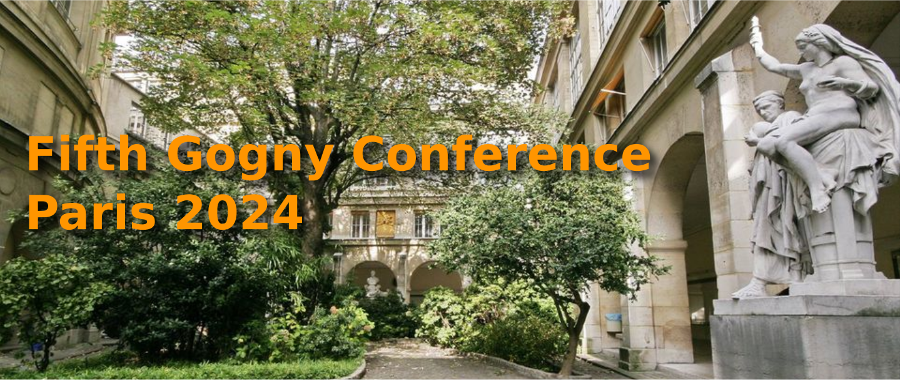Speaker
Description
Despite major and numerous recent progresses within ab initio methods [1], these are not capable yet to describe the whole variety of phenomena over the nuclear chart, and Energy Density Functionals thus remain the tool of choice to such end at present. To build a functional suited for astrophysical applica- tions, one must describe as good as possible nuclear properties, such as masses, of crucial importance for r-process [2], as well as infinite nuclear matter properties of importance for neutron stars [3]. Only this way one can hope to extrapolate reliable nuclear properties up to the neutron driplines. Several competitive nuclear mass models within mean-field framework have appeared over the years to that purpose. Recent ones based on Skyrme interaction give excellent results [4, 5] and exhibit faithful advantages such as low computational cost, however, they are also intrinsicly penalized by required energy cut-offs to avoid non physical divergences. Gogny forces, designed mostly to overcome these problems, come then into play to complete the picture. Fitting the functional free parameters is a tedious task and there exist much less Gogny than Skyrme interactions on the market, even less usable for astrophysical models, most of them having a root mean square over masses as high as 2-6 MeV. Motivated by an extension of the Gogny force [6] including a third gaussian in the central term, recents results [7] have lead us to think we could build a parametrization fulfilling previously mentioned require- ments. I will present the freshly obtained D3G3M Gogny-Hartree-Fock-Bogoliubov nuclear mass model [8] by means of a systematic fitting protocole over infinite nuclear matter and nuclear masses similar to the one adopted for D1M [10], exhibting both a rms as low as 800 keV and excellent nuclear matter properties, and I will show the improvements made compared to other Gogny forces.
References [1] H. Hergert, Front. Phys. 8 (2020) [2] M. Arnould, S. Goriely, and K. Takahashi , Phys. Rep. 450, 97 (2007). [3] M. Oertel, M. Hempel, T. Klähn, and S. Typel Rev Mod. Phys. 89, 015007 (2017) [4] G. Grams, W. Ryssens et al. Eur. Phys. J. A 59, 270 (2023) [5] G. Grams, N. Shchechilin et al. arXiv preprint 2411.08007 (2024) [6] D. Davesne, P. Becker et al., Acta Physica Polonica B 48, 3 (2017) [7] L. Batail, D. Davesne et al., The European Physical Journal A, (2023) [8] L. Batail, S. Goriely, S. Peru, S. Hilaire, D. Davesne, A. Pastore submitted 2024 [9] M. Wang et al., Chinese Phys. C 45 030003 (2021) [10] S. Goriely, S. Hilaire, M. Girod, S. Peru, Phys. Rev. Letters 102, 242501 (2009).

